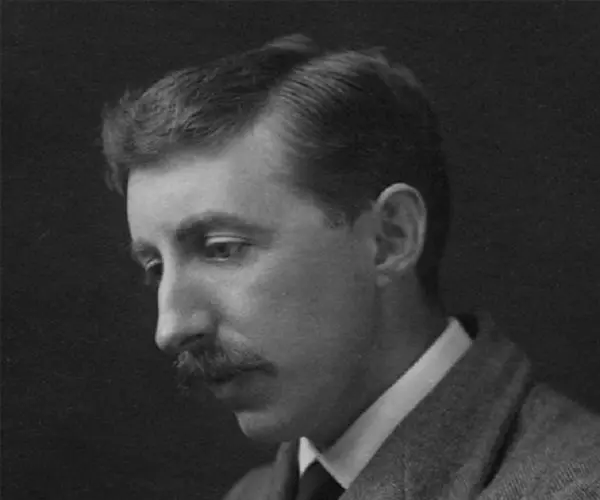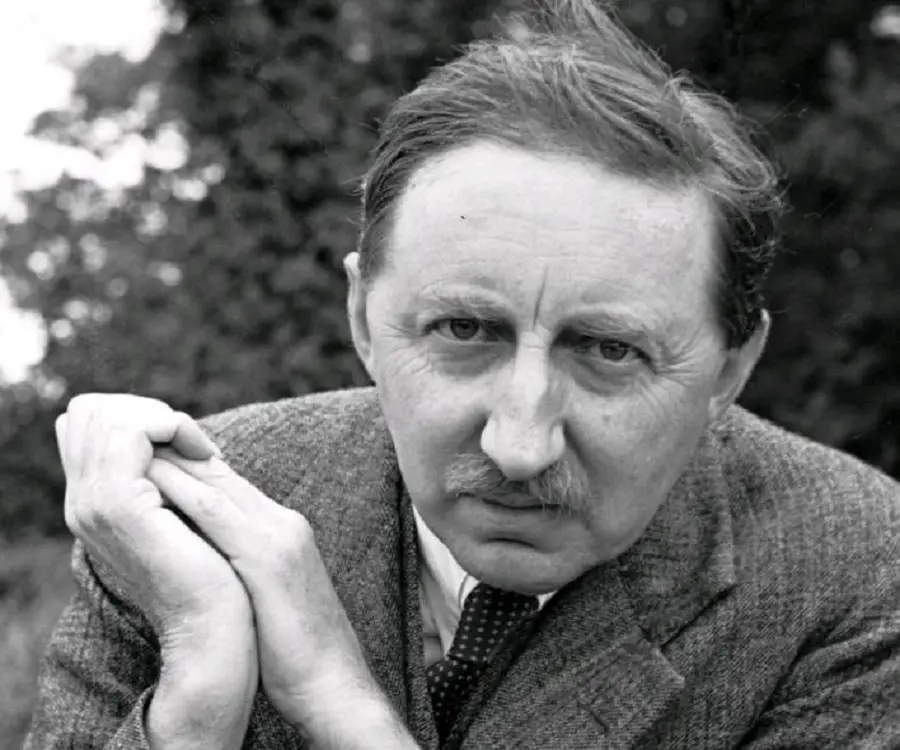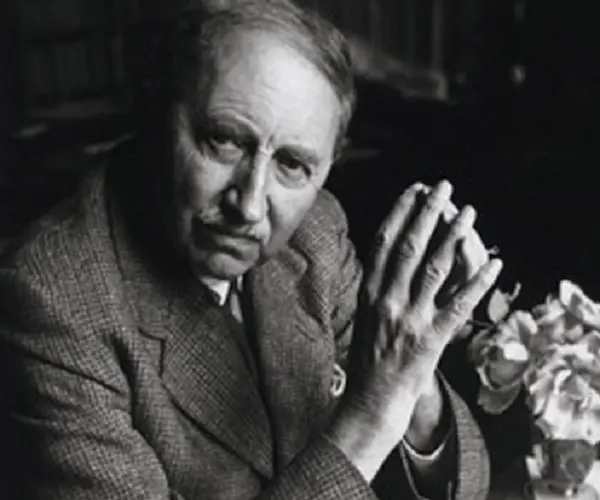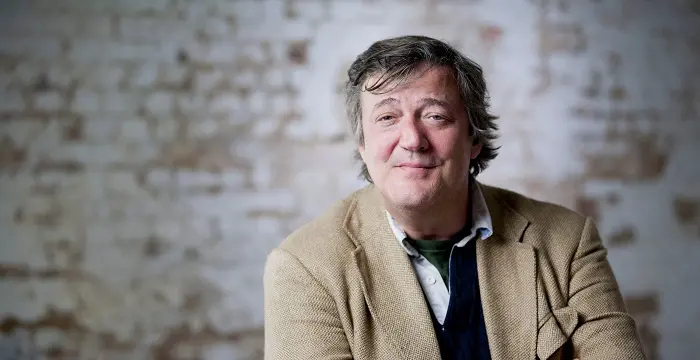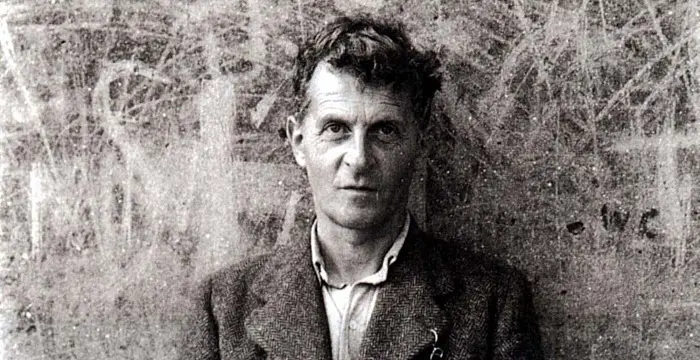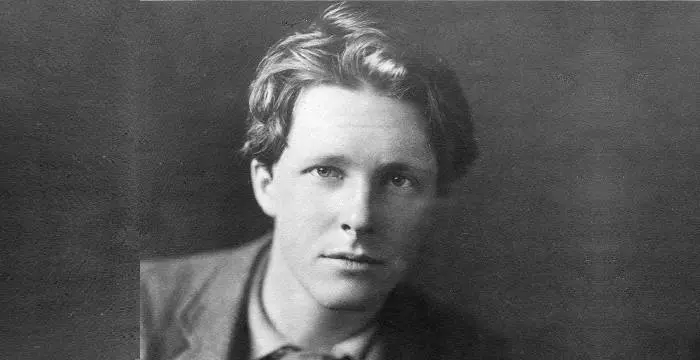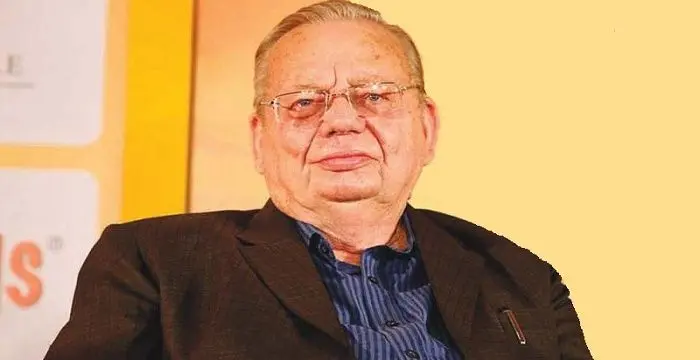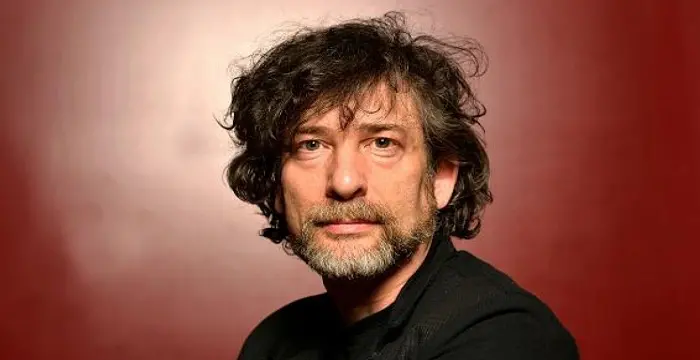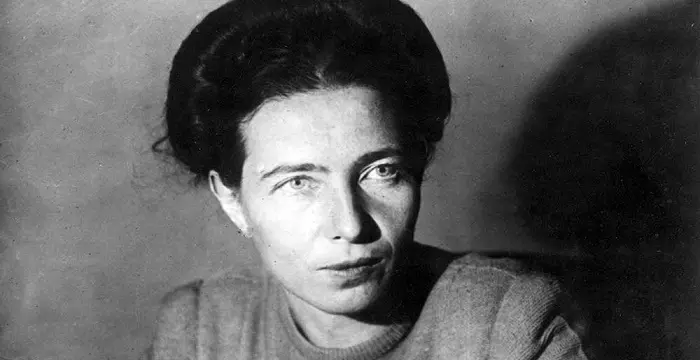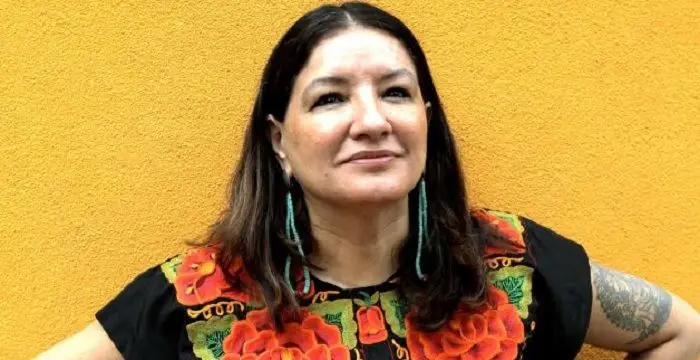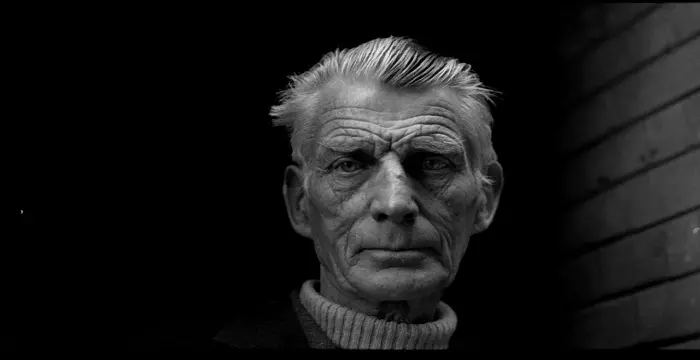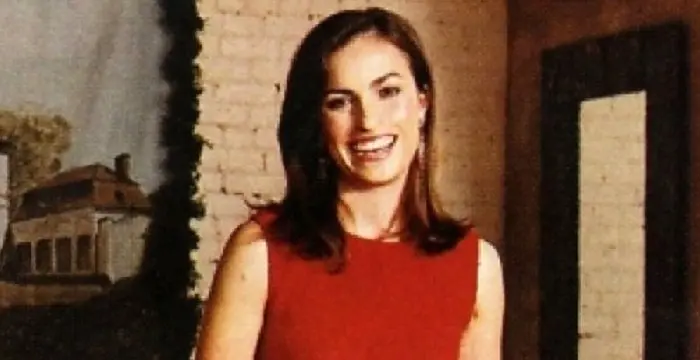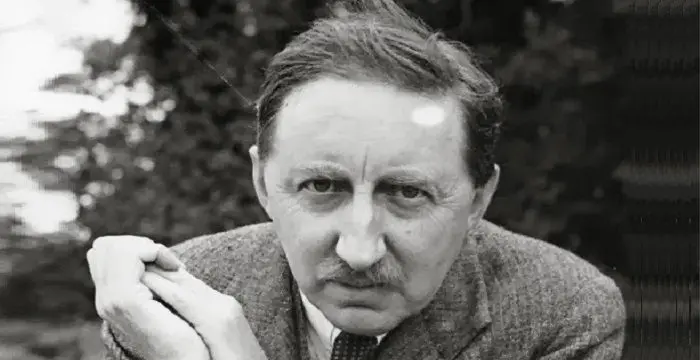
E. M. Forster - Short Story Writers, Timeline and Childhood
E. M. Forster's Personal Details
E
| Information | Detail |
|---|---|
| Birthday | January 1, 1879 |
| Died on | June 7, 1970 |
| Nationality | British |
| Famous | Cambridge University, Writers, Novelists, Short Story Writers, Essayists |
| Known as | Edward Morgan Forster |
| Universities |
|
| Notable Alumnis |
|
| Birth Place | Marylebone |
| Religion | Agnosticism |
| Gender | Male |
| Sun Sign | Capricorn |
| Born in | Marylebone |
| Famous as | Writer |
| Died at Age | 91 |
// Famous Writers
Joyce Meyer
Joyce Meyer is a Christian author and speaker. This biography provides detailed information about her childhood, life, achievements, works & timeline
Temple Grandin
Temple Grandin is a well-known American writer, autistic activist and animal expert. This biography profiles her childhood, life, achievements, career and timeline
Tennessee Williams
Tennessee Williams was one of the greatest playwrights of the 20th century. This biography of Tennessee Williams provides detailed information about his childhood, life, achievements, works and timeline.
E. M. Forster's photo
Who is E. M. Forster?
One of the most gifted writers of his time, Edward Morgan Forster was an English novelist, short story writer, essayist, and librettist. He penned some of the best novels of the 20th century that were well-plotted and ironic and included themes of class and hypocrisy in English society. He began his literary journey at the age of six. His only ever interest in life was writing and he used his time and experiences to contribute to this interest immensely. The testament to his greatness is his nomination for the Nobel Prize in Literature for 13 different years. Forster was widely traveled and narrated these events in his stories. His homosexuality and romances were the subjects of his novel, ‘Maurice’ that was published well after he was gone. His popular works include ‘A Room with a View’, ‘Howards End’, and ‘A Passage to India’. He was a constant opponent of adapting books into films; he was of the view that a film or stage performance does not do justice to a literary work. Despite this view, many of his works were adapted into highly successful films and have kept his legacy alive.
// Famous Cambridge University
Stephen Fry
Stephen Fry is a comedian, actor, author, television and radio presenter. Read the biography and know all about his childhood, career, profile and timeline.
Ludwig Wittgenstein
Ludwig Wittgenstein is a renowned philosopher. Read on to know about the life, career, and works of the famous Austrian philosopher Ludwig Wittgenstein.
Rupert Brooke
Rupert Brooke was an English poet who is widely known for his poem ‘The Soldier’, which was a part of five war sonnets. This biography of Rupert Brooke provides detailed information about his childhood, life, achievements, works & timeline
Childhood & Early Life
Born on January 1, 1879, in Middlesex, England, E. M. Forster was the only child of Alice Clara "Lily" Forster and Edward Morgan Llewellyn Forster. Officially called Henry Morgan Forster, his name Edward was accidentally given during his baptism.
Before Forster was two years old, his father, an architect, passed away from tuberculosis. He was then raised by his mother and paternal great-aunt, Marianne Thornton. Through her, he is the great-great-grandson of abolitionist, Henry Thornton.
Forster inherited £8000 from Marianne Thornton when she passed away in1887.. This amount was enough to live on and help him pursue his dream of becoming a writer.
He enrolled at Tonbridge School in Kent as a day student. This phase would later go on to form the basis of many of his criticisms of the English public school system.
He studied history, philosophy, and literature at King's College, Cambridge. He welcomed the intellectual depth here and he developed a sense of uniqueness and healthy skepticism that were a far cry from his early years.
During his years at King’s College, he was an active participant of groups such as Cambridge Conversazione Society, also known as the Cambridge Apostles. He became a founding member of the Bloomsbury Group.
After his time at college, he used his inheritance to travel to Europe, Egypt, Germany, and India with his mother, and classical author, Goldsworthy Lowes Dickinson.
Career
Being raised by two families completely polar to each other gave E. M. Forster an insight into family tensions. This and his experience at Tonbridge formed the basis of his early novels that showcased the struggle to be free from Victorianism.
His first novel was ‘Where Angels Fear to Tread’ (1905). It was a dialogue with his audience that urged them to stay in contact with the Earth and cultivate their imagination. The same theme is followed in ‘The Longest Journey’ (1907) and ‘Howards End’ (1910).
His first visit to India was in 1912, at that time he was writing ‘Maurice’. The novel was officially published in 1971, a year after his death. This was done at his request due to the overtly homosexual theme of the novel.
He volunteered for the “International Red Cross” as a conscientious objector and served for three years in Alexandria, Egypt. His observations there inspired ‘Alexandria: A History and Guide’ (1922) and ‘Pharos and Pharillon: A Novelist's Sketchbook of Alexandria through the Ages’ (1923). During this time, he wrote many short stories for local newspapers under the pseudonym ‘Pharos’.
On his second visit to India in the early 1920s, the country was in a state of revolution. He became the private secretary to “Tukojirao III”, the Maharajah of Dewas. A non-fictional account of this period is chronicled in ‘The Hill of Devi’ (published in 1953).
His last novel was also his most successful one, ‘A Passage to India’ (1924). It explores British colonial occupation in India. Rather than present a conflict between the two nations, the novel examined a friendship between the two protagonists.
Though he no longer wrote novels after ‘A Passage to India’, he did write many short stories and continued to do so till the end of his life. Several of his anthologies saw publication which included his collection of short stories ‘The Eternal Moment’ (1928).
In the 1930s and 1940s, he became a broadcaster for the BBC radio and presented a weekly book review during the war.
His honorary fellowship at Cambridge allowed him to live and spend time at the college. He occasionally gave lectures and became a respected member on campus.
Major Works
‘A Room with a View’ (1908) was his most optimistic work. Set in Edwardian England, the book is a critique of English society. It ranks 79th on the ‘100 best English-language novels of the 20th century’ compiled by Modern Library.
His masterpiece was ‘Howards End’ (1910). The novel explores many themes such as social conventions in England, codes of conduct, and personal relationships. The epigraph narrates his impulse towards understanding and sympathy. It ranks 38th on the 100 best English-language novels of the 20th century’ compiled by Modern Library.
Perhaps his greatest work was ‘A Passage to India’ (1924) based on his experiences in India. With the British Raj and Indian Independence Movement as the backdrop, this novel went on to become a part of the ‘All Time 100 Novels’ list by ‘Time Magazine.’
Awards & Achievements
While working at the BBC, E. M. Forster was awarded the “Benson Medal” in 1937 for his weekly book reviews.
The theater at Tonbridge School, his alma mater, is named in his honor. He was voted as an honorary ‘Fellow’ of King’s College in 1946.
He was given an ‘Order of Companions of Honor’ in 1953 and was awarded ‘Queen Elizabeth's Order of Merit’ in 1969.
Personal Life & Legacy
Not many at the time knew of Forster’s homosexuality. He confided it to his close friends but not to the public. Thus, he remained a bachelor throughout his life.
He was involved with many men throughout his life. In Alexandria, he fell in love with Mohammed el Adl, a tram conductor. He had a brief fling with Harry Daley, a member of the Bloomsbury group. A bus driver named, Arthur, was the subject of his affections till his wife found out and put an end to the relationship.
When Forster was 51, he met 28-year-old Bob Buckingham at a party thrown by JR Ackerley. Buckingham was a policeman who was married at the time. They shared a long loving relationship that extended to a secret domestic life at Forster’s Brunswick Square flat.
He was the godfather of Robin Morgan, the son of Bob Buckingham and his wife, May Hockey. Robin succumbed to Hodgkin's disease in 1962.
During the mid-1960s, he suffered from strokes that weakened him greatly. May Hockey was his nursemaid at this time. His last stroke on June 7, 1970, ended the life of this remarkable literary genius.
Trivia
E. M. Forster was nominated for the Nobel Prize in Literature in 13 different years but he did not win one.
In 1949, he declined a ‘Knighthood’ from the British honors system.
He donated the manuscript for ‘A Passage to India” in 1960. Rupert Hart-Davis was the recipient and the amount raised, £6500, was used for the London Library.
// Famous Short Story Writers
Charles Bukowski
Charles Bukowski was a German-born American novelist, short story writer and poet. With this biography, learn in details about his childhood, life, works, career and timeline
Ruskin Bond
Ruskin Bond is an award winning Indian author of British descent. This biography of Ruskin Bond provides detailed information about his childhood, life, achievements, works & timeline.
Neil Gaiman
Neil Gaiman is an English writer of novels, short stories, children’s books and other literature. This biography provides detailed information about his childhood, life, achievements, works & timeline.
E. M. Forster biography timelines
- // 1st Jan 1879Born on January 1, 1879, in Middlesex, England, E. M. Forster was the only child of Alice Clara "Lily" Forster and Edward Morgan Llewellyn Forster. Officially called Henry Morgan Forster, his name Edward was accidentally given during his baptism.
- // 1887Forster inherited £8000 from Marianne Thornton when she passed away in1887.. This amount was enough to live on and help him pursue his dream of becoming a writer.
- // 1908‘A Room with a View’ (1908) was his most optimistic work. Set in Edwardian England, the book is a critique of English society. It ranks 79th on the ‘100 best English-language novels of the 20th century’ compiled by Modern Library.
- // 1910His masterpiece was ‘Howards End’ (1910). The novel explores many themes such as social conventions in England, codes of conduct, and personal relationships. The epigraph narrates his impulse towards understanding and sympathy. It ranks 38th on the 100 best English-language novels of the 20th century’ compiled by Modern Library.
- // 1912 To 1971His first visit to India was in 1912, at that time he was writing ‘Maurice’. The novel was officially published in 1971, a year after his death. This was done at his request due to the overtly homosexual theme of the novel.
- // 1922 To 1923He volunteered for the “International Red Cross” as a conscientious objector and served for three years in Alexandria, Egypt. His observations there inspired ‘Alexandria: A History and Guide’ (1922) and ‘Pharos and Pharillon: A Novelist's Sketchbook of Alexandria through the Ages’ (1923). During this time, he wrote many short stories for local newspapers under the pseudonym ‘Pharos’.
- // 1924His last novel was also his most successful one, ‘A Passage to India’ (1924). It explores British colonial occupation in India. Rather than present a conflict between the two nations, the novel examined a friendship between the two protagonists.
- // 1924Perhaps his greatest work was ‘A Passage to India’ (1924) based on his experiences in India. With the British Raj and Indian Independence Movement as the backdrop, this novel went on to become a part of the ‘All Time 100 Novels’ list by ‘Time Magazine.’
- // 1928Though he no longer wrote novels after ‘A Passage to India’, he did write many short stories and continued to do so till the end of his life. Several of his anthologies saw publication which included his collection of short stories ‘The Eternal Moment’ (1928).
- // 1937While working at the BBC, E. M. Forster was awarded the “Benson Medal” in 1937 for his weekly book reviews.
- // 1946The theater at Tonbridge School, his alma mater, is named in his honor. He was voted as an honorary ‘Fellow’ of King’s College in 1946.
- // 1949In 1949, he declined a ‘Knighthood’ from the British honors system.
- // 1953On his second visit to India in the early 1920s, the country was in a state of revolution. He became the private secretary to “Tukojirao III”, the Maharajah of Dewas. A non-fictional account of this period is chronicled in ‘The Hill of Devi’ (published in 1953).
- // 1953 To 1969He was given an ‘Order of Companions of Honor’ in 1953 and was awarded ‘Queen Elizabeth's Order of Merit’ in 1969.
- // 1960He donated the manuscript for ‘A Passage to India” in 1960. Rupert Hart-Davis was the recipient and the amount raised, £6500, was used for the London Library.
- // 1962He was the godfather of Robin Morgan, the son of Bob Buckingham and his wife, May Hockey. Robin succumbed to Hodgkin's disease in 1962.
- // 7th Jun 1970During the mid-1960s, he suffered from strokes that weakened him greatly. May Hockey was his nursemaid at this time. His last stroke on June 7, 1970, ended the life of this remarkable literary genius.
// Famous Essayists
Ruskin Bond
Ruskin Bond is an award winning Indian author of British descent. This biography of Ruskin Bond provides detailed information about his childhood, life, achievements, works & timeline.
Simone de Beauvoir
Simone de Beauvoir was an eminent French writer, intellectual, activist, and philosopher. This biography profiles her childhood, life, thoughts, achievements and timeline.
Sandra Cisneros
Sandra Cisneros is an American writer known for audaciously penning the realities and expectations from females in US and Mexico. This biography provides detailed information about her childhood, life, achievements, works & timeline
Samuel Beckett
Samuel Beckett was an Irish playwright, novelist, theatre director and poet. This biography profiles his childhood, life, works, achievements and timeline
Lisa Brennan-Jobs
Check out all that you wanted to know about Lisa Brennan-Jobs, Steve Jobs’ daughter; her birthday, her family and personal life, fun trivia facts and more.
Robert Louis Stevenson
Robert Louis Stevenson was a famous Scottish poet, novelist and travel writer. This biography profiles his childhood, career, life, achievements, trivia and timeline.
E. M. Forster's FAQ
What is E. M. Forster birthday?
E. M. Forster was born at 1879-01-01
When was E. M. Forster died?
E. M. Forster was died at 1970-06-07
Where was E. M. Forster died?
E. M. Forster was died in Coventry
Which age was E. M. Forster died?
E. M. Forster was died at age 91
Where is E. M. Forster's birth place?
E. M. Forster was born in Marylebone
What is E. M. Forster nationalities?
E. M. Forster's nationalities is British
What was E. M. Forster universities?
E. M. Forster studied at Cambridge University, King's College, Cambridge, University of Cambridge, Tonbridge School
What was E. M. Forster notable alumnis?
E. M. Forster's notable alumnis is Cambridge University
What is E. M. Forster's religion?
E. M. Forster's religion is Agnosticism
What is E. M. Forster's sun sign?
E. M. Forster is Capricorn
How famous is E. M. Forster?
E. M. Forster is famouse as Writer



